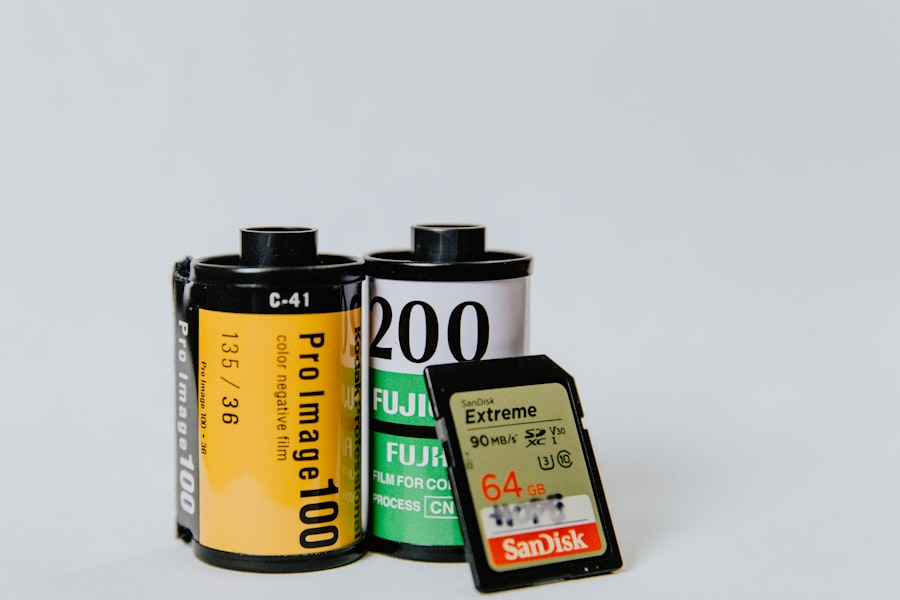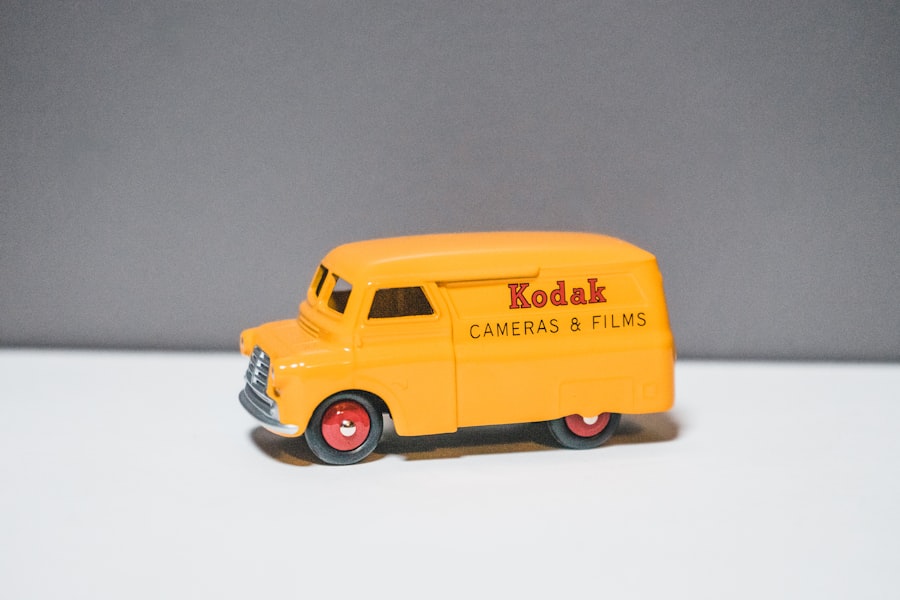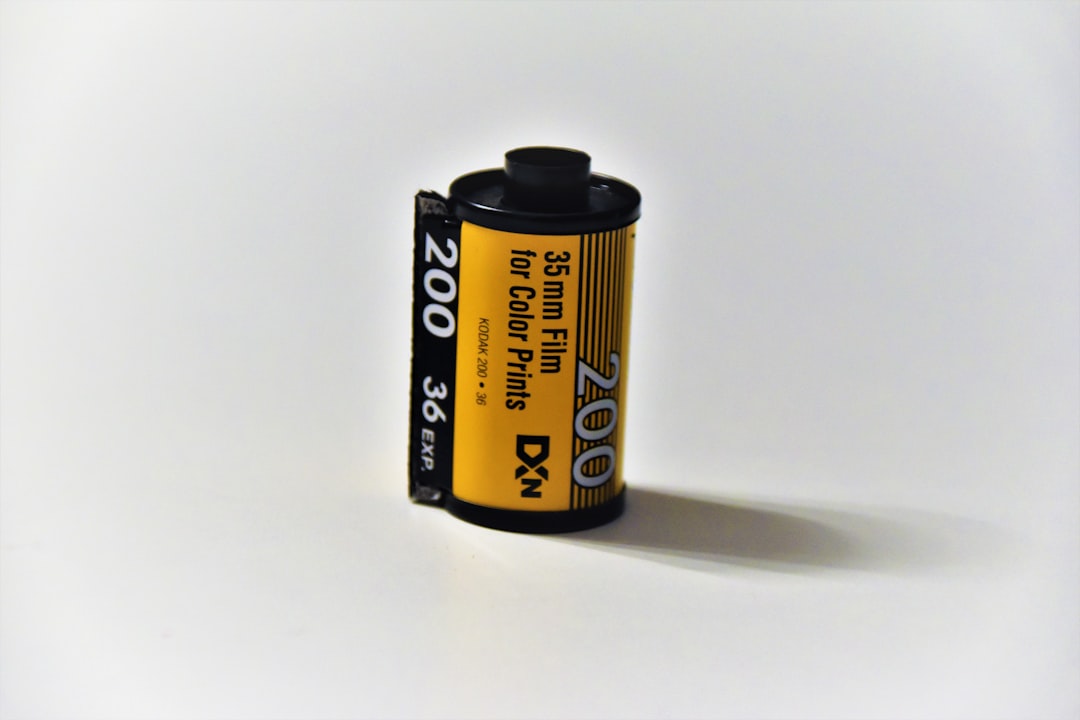As you delve into the cinematic landscape of the 1970s, one name stands out prominently: Toho Studios. Established in 1932, Toho has long been a cornerstone of Japanese cinema, but it was during the 1970s that the studio truly began to redefine its identity and influence. This decade marked a period of experimentation and evolution, as Toho navigated the shifting tides of audience preferences and industry standards.
You can see how the studio embraced both its rich heritage and the burgeoning trends of modern filmmaking, setting the stage for a new era in Japanese cinema. In this transformative decade, Toho Studios not only produced films that resonated with domestic audiences but also began to capture the attention of international viewers. The studio’s commitment to storytelling, innovative special effects, and unique cultural narratives allowed it to carve out a distinct niche in the global film market.
As you explore the films and developments from this period, you’ll discover how Toho’s creative vision and dedication to quality helped shape the future of cinema, both in Japan and beyond.
Key Takeaways
- Toho Studios in the 1970s saw a shift towards more science fiction and horror genres, reflecting the changing tastes of the audience.
- Major film releases in the 1970s included iconic titles such as “Godzilla vs. Megalon” and “Prophecies of Nostradamus”, which became cult classics.
- Toho Studios’ impact on Japanese cinema in the 1970s was significant, as they continued to be a major player in the industry and influenced other filmmakers.
- Internationally, Toho Studios’ films gained popularity and helped to establish Japanese cinema as a global force to be reckoned with.
- Technological advancements at Toho Studios in the 1970s included the use of special effects and innovative filmmaking techniques, setting new standards for the industry.
Toho Studios’ Major Film Releases in the 1970s
Environmental Awareness and Monster Action
Among these releases, “Godzilla vs. Hedorah” (1971) stands out as a significant entry in the iconic Godzilla franchise. This film not only featured the beloved monster but also tackled pressing environmental issues, reflecting societal concerns of the time. As you watch this film, you can appreciate how Toho used its platform to address real-world problems while still delivering thrilling monster action.
A Sobering Vision of Nuclear Conflict
Another notable release was “The Last War” (1976), which presented a sobering vision of nuclear conflict and its devastating consequences. This film resonated deeply with audiences who were grappling with the realities of the Cold War era.
You can see how these films exemplified Toho’s ability to blend entertainment with meaningful commentary, making them memorable contributions to cinema.
Impact of Toho Studios on Japanese Cinema in the 1970s

Toho Studios played a pivotal role in shaping Japanese cinema during the 1970s, influencing not only filmmakers but also audiences across the nation. The studio’s commitment to high-quality production values and innovative storytelling set a benchmark for other studios to aspire to. As you examine the films produced during this decade, you’ll notice how Toho’s approach encouraged a new generation of filmmakers to experiment with narrative structures and visual styles.
Moreover, Toho’s success helped elevate the status of Japanese cinema on the global stage. By producing films that resonated with both local and international audiences, the studio fostered a sense of pride in Japanese storytelling. This newfound recognition inspired filmmakers to explore diverse themes and genres, leading to a flourishing of creativity within the industry. You can appreciate how Toho’s influence extended beyond its own productions, igniting a cultural renaissance that would shape Japanese cinema for years to come.
International Influence of Toho Studios in the 1970s
| Year | Movie Title | International Box Office | Impact |
|---|---|---|---|
| 1970 | Space Amoeba | 1.5 million | Limited international release |
| 1971 | Godzilla vs. Hedorah | 1.2 million | Cult following in the US |
| 1973 | Godzilla vs. Megalon | 6 million | Successful in international markets |
| 1974 | Godzilla vs. Mechagodzilla | 8 million | Popular in Europe and Asia |
| 1975 | Terror of Mechagodzilla | 9 million | Strong international box office |
As Toho Studios gained prominence in Japan, its influence began to extend internationally, captivating audiences around the world. The studio’s flagship franchise, Godzilla, became a cultural phenomenon that transcended borders. You might find it fascinating how Godzilla’s monstrous presence resonated with viewers in various countries, leading to adaptations and collaborations that further solidified Toho’s global reach.
In addition to Godzilla, Toho’s foray into other genres also garnered international attention. Films like “The Human Vapor” (1960) and “The Green Slime” (1968) showcased Toho’s ability to blend science fiction with horror elements, appealing to fans of both genres. By the 1970s, these films had established a cult following outside Japan, paving the way for future collaborations with Western filmmakers.
You can see how Toho’s willingness to embrace international trends while maintaining its unique cultural identity allowed it to thrive in an increasingly interconnected world.
Technological Advancements at Toho Studios in the 1970s
The 1970s were marked by significant technological advancements at Toho Studios, which played a crucial role in enhancing the quality of its films. The studio invested in state-of-the-art special effects techniques that allowed it to create more visually stunning and immersive experiences for audiences. You can appreciate how these innovations not only elevated the production value of Toho’s films but also set new standards for the industry as a whole.
One notable advancement was the use of miniatures and practical effects in monster films. Toho’s skilled technicians developed intricate models and sets that brought their fantastical worlds to life. This attention to detail contributed to the authenticity of films like “Godzilla vs.
Megalon” (1973), where audiences were treated to breathtaking visuals that captivated their imaginations. As you explore these technological breakthroughs, you’ll see how they not only enhanced storytelling but also solidified Toho’s reputation as a leader in cinematic innovation.
Toho Studios’ Contributions to the Science Fiction and Horror Genres in the 1970s

Science Fiction Pioneers
In science fiction, films like “Space Amoeba” (1970) showcased Toho’s knack for combining imaginative storytelling with social commentary. The film’s exploration of alien life forms and their impact on humanity reflected contemporary anxieties about technology and environmental degradation.
Horror Innovations
Similarly, in horror, “House” (1977) emerged as a cult classic that defied conventional genre norms. Its surreal visuals and unconventional narrative structure captivated audiences and inspired future filmmakers.
A Lasting Legacy
As you delve into these contributions, you’ll recognize how Toho’s innovative spirit helped shape the landscape of both genres.
Challenges Faced by Toho Studios in the 1970s
Despite its successes, Toho Studios faced numerous challenges throughout the 1970s that tested its resilience and adaptability. The rise of television as a dominant form of entertainment posed a significant threat to traditional cinema, leading to declining box office revenues for many studios, including Toho. You might find it interesting how this shift forced Toho to reevaluate its strategies and explore new avenues for engaging audiences.
Additionally, competition from both domestic and international filmmakers intensified during this decade. As new voices emerged within Japan’s film industry, Toho had to navigate an increasingly crowded marketplace while maintaining its reputation for quality storytelling. This pressure prompted the studio to innovate further and diversify its offerings, leading to collaborations with emerging talent and experimentation with different genres.
You can appreciate how these challenges ultimately spurred Toho on to greater heights, reinforcing its commitment to excellence.
Legacy of Toho Studios’ Film Stock in the 1970s
The legacy of Toho Studios’ film stock from the 1970s is one that continues to resonate within the film industry today. The studio’s commitment to quality filmmaking during this period laid the groundwork for future generations of filmmakers who would draw inspiration from its work. As you reflect on this legacy, you’ll recognize how Toho’s innovative spirit and dedication to storytelling have left an indelible mark on cinema.
Moreover, many of the films produced by Toho during this decade have become timeless classics that are celebrated by audiences around the world. The enduring popularity of titles like “Godzilla” and “House” speaks volumes about their impact on popular culture and their ability to transcend time and space. You can see how these films not only entertained but also sparked conversations about important social issues, ensuring that their relevance endures long after their initial release.
In conclusion, as you explore the rich history of Toho Studios in the 1970s, you’ll uncover a tapestry woven with creativity, innovation, and resilience. The studio’s contributions during this transformative decade have shaped not only Japanese cinema but also influenced filmmakers worldwide. Through its iconic films and pioneering spirit, Toho has secured its place as a legendary force in the world of cinema—one that continues to inspire and captivate audiences today.
Toho Studios used a variety of film stocks in the 1970s to capture the iconic Godzilla films of that era. The use of different film stocks helped create the unique visual style and atmosphere that fans have come to love. For more information on the history and impact of Godzilla films, check out news/the-ultimate-guide-to-the-top-godzilla-books-you-must-read/’>this ultimate guide to the top Godzilla books you must read.
FAQs
What film stock did Toho Studios use in the 1970s?
Toho Studios primarily used Kodak film stock, specifically the Kodak Eastman Color 5247 and 5254 for their film productions in the 1970s.
Why did Toho Studios choose Kodak film stock for their productions?
Toho Studios chose Kodak film stock for its high quality and reliability, which was essential for their large-scale film productions.
Did Toho Studios use any other film stocks besides Kodak in the 1970s?
While Kodak was the primary film stock used by Toho Studios in the 1970s, they also occasionally used Fuji film stock for certain productions.
How did the choice of film stock impact Toho Studios’ films in the 1970s?
The choice of film stock impacted the visual quality and color reproduction of Toho Studios’ films in the 1970s, contributing to the distinct look and feel of their productions during that era.
